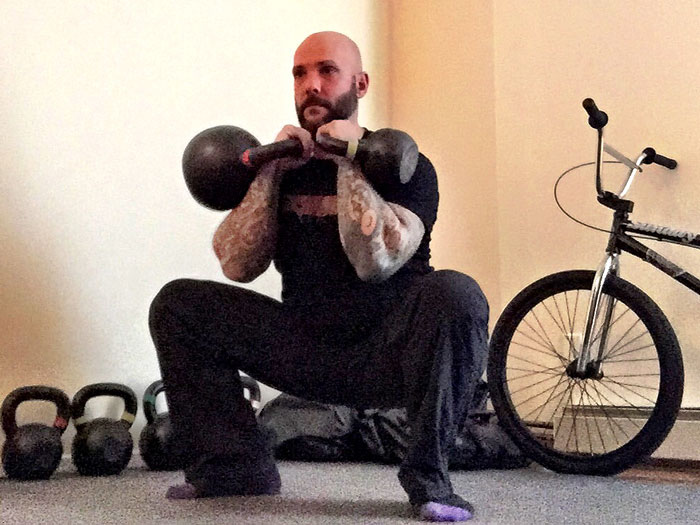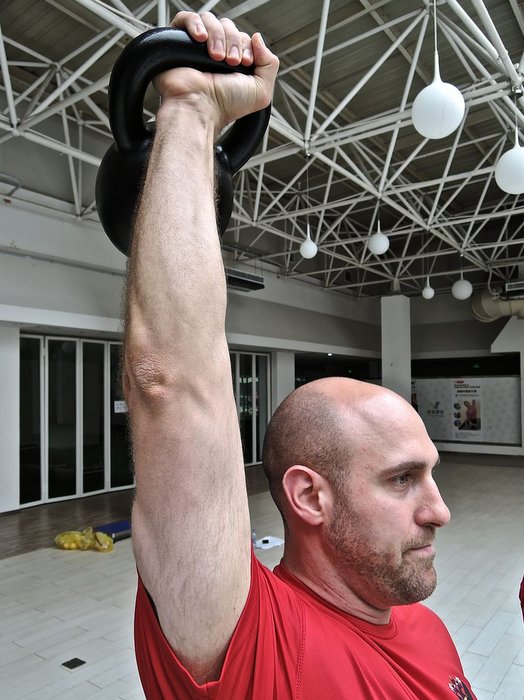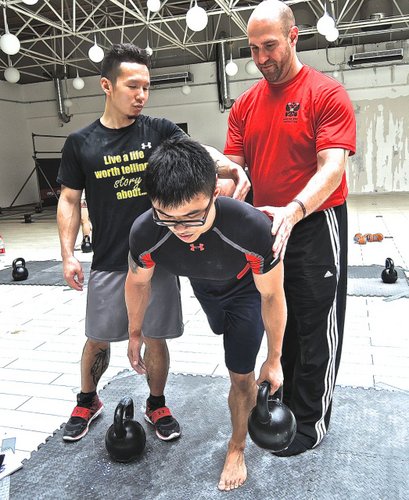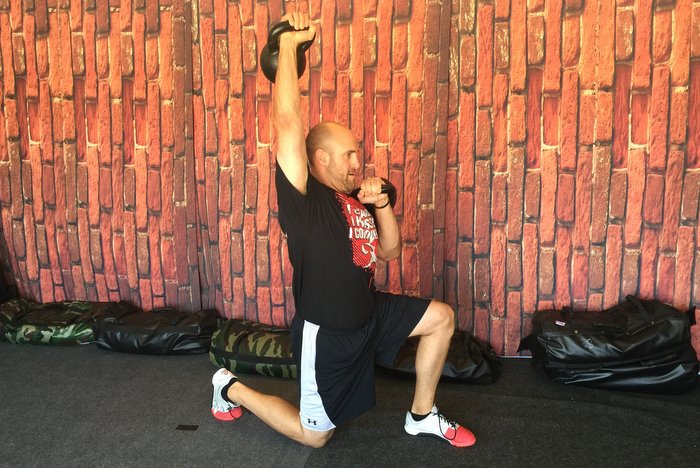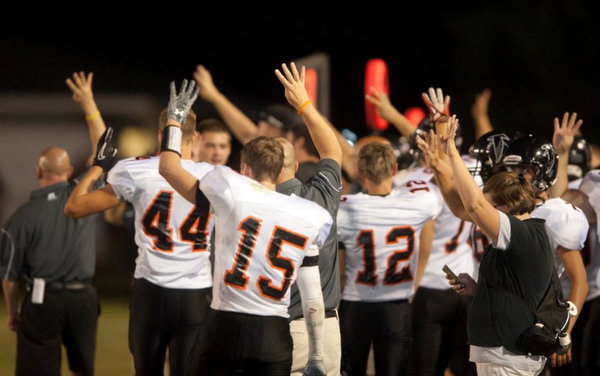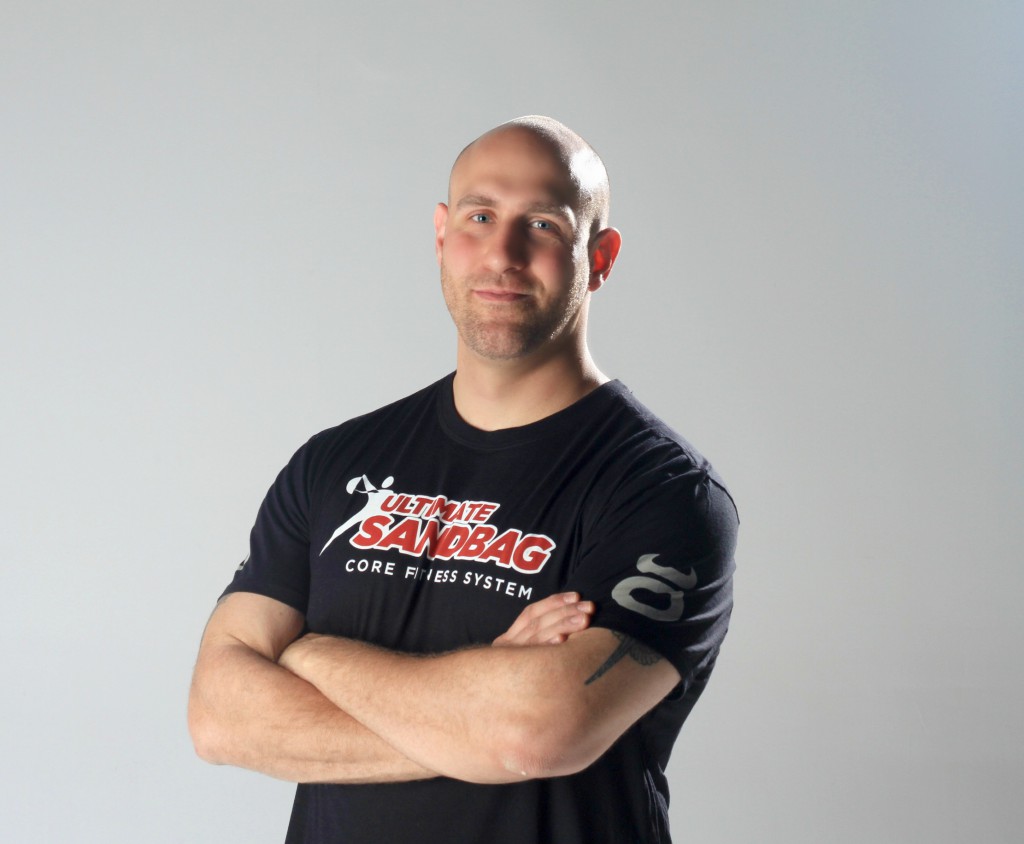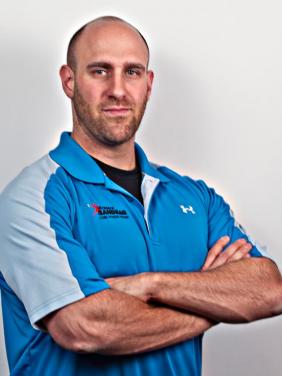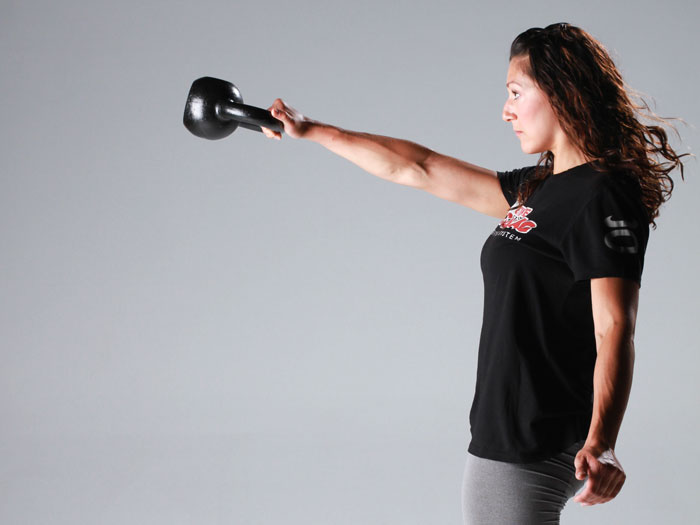
I’m in a great position nowadays. I get to counsel many younger coaches and hopefully teach them the lessons I wish I’d known when I was first starting in fitness. Even so, I keep hearing the same question:
“Which book or program do I use… so I don’t make mistakes?”
I always have to explain that making mistakes is part of the learning process. Mistakes are only a problem if they’re repeated. That philosophy really resonates with me because I grew up in a family of teachers. My mother, father, grandmother, and my aunt were all teachers and professors.
This is why I don’t ever consider mistakes to be a bad thing. In fact, the mistakes I’ve made have helped me become the coach I am today! Through that evolution and experience, my thoughts on “strength training” have changed quite drastically.
I went through several stages of what I THOUGHT strength training was all about:
- Lifting as heavy as possible
- Getting as tired as possible
- Doing the “magical” lifts
If you can name it, then I have probably tried it at one point or another. But, nothing ever felt quite right until now. Now, what I see as strength is actually inspired by the old ideas from physical culture. Originally, exercise was never solely a physical venture, but included the whole person.
Then I realized that the real purpose of strength training was to help people become better humans.
At every RKC and DVRT program, I ask the class, “Do you believe in functional training?” Almost everyone does, but they look puzzled when I ask them to define functional training. Usually I get answers like, “Functional training makes people better in their lives.”
Who could argue with such an answer, even if it is really vague. But, approaching a training methodology in this philosophical way gives us no clear vision. We often forget what makes us human. Yes, people will tell us that we squat, hinge, push, and pull, but a list of such general movements is almost as vague as the term “functional training”!
I ask our classes to think about THE most common movement they all perform. I get answers like squats and deadlifts—but how much of that do you really do during the course of a day? The answer I am REALLY looking for is “walking”! Did you just hit yourself in the forehead? Walking contains elements of many different movement patterns that most people would consider to be part of a training program. I bring up walking because most of our REAL human activities are not singular motions found in the gym, but a combination of simultaneous movement patterns.
I know, we think of walking as simple, while a swing or snatch is complex. Everyone can walk, but not everyone can do a Turkish get-up. Well, lets put it this way—not everyone walks well! To put things in perspective, my wife, a physical therapist, spent a whole semester learning gait analysis (watching and examining how people walk). And most experts agree that there are between six and eight phases to the act of walking. Not so simple, right?
Lifting more for the sake of lifting more doesn’t really do us any good unless it increases our movement efficiency. Renowned physical therapist, Gray Cook, had a really good statement about this type of training:
“In other words, we want adaptable strength that can work in changing environments. Adaptable strength is developed though complex movement patterns, not over-rehearsed, over-coached lifts in a never-changing environment. The athlete, warrior, outdoor enthusiast or physical adventurer embraces change and challenge, while the gym rat needs comfort and consistency for a happy workout.”
How does this idea apply to your strength training? We tend to live in a value system where the heavier weight is the better option, while we forget the benefits of moving to more complex movements.
https://youtu.be/Tqed0CCRhPY
A few weekends ago, I taught a sold out New York RKC. We were discussing the one-arm kettlebell swing, and I asked the class what real life movement it most resembled. People looked at each other, and a few shouted out answers before I simply said, “Walking”. You would have thought I had had a mic drop moment when I gave the answer in that context.
Why walking? Because it includes reciprocal arm swing. This basically means that your arm swings with the opposite leg. This movement pattern happens for many reasons, but we all do it. Walking also requires us to push down into the ground and project our bodies forward. Guess what else walking needs? (Hint: the answer is also one of the biggest reasons that we swing only to chest height and not over our heads.)
I’m not saying that the one-arm swing is EXACTLY like walking, but it involves the same foundational skills required in this very common human motion we perform every day. With this in mind, you might appreciate that the BEST exercise might not be the one that is only heavier, but the one which places a more complex demand on the body and requires us to become better moving humans!
***
Sign up for the Las Vegas RKC with Master RKC Josh Henkin
Josh Henkin, Master RKC, CSCS has been a RKC instructor since 2003 and has implemented kettlebell programs for major Division I programs, SWAT teams, and many different general fitness programs. Josh is also the creator of the DVRT Ultimate Sandbag Training system where he is a highly sought after presenter worldwide.
Master RKC Josh Henkin can be reached at info@ultimatesandbagtraining.com or http://DVRTFitness.com. Josh Henkin is also the author of DVRT, The Ultimate Sandbag Training System now available in paperback and ebook format.
